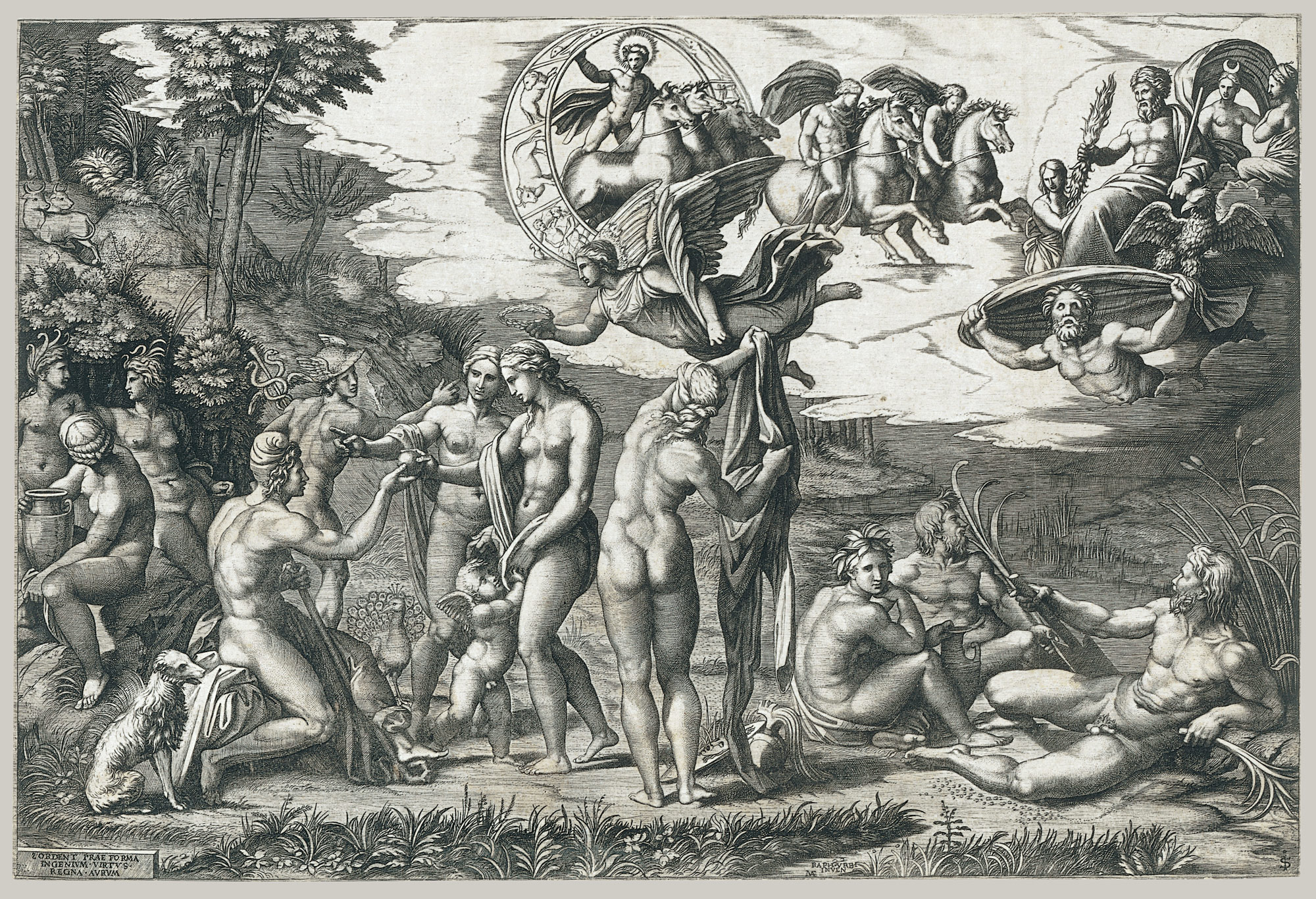Industrial Buyer Behavior (part A)
by
Charles Lamson
Introduction
In the following series of posts, the key aspects of industrial buyer behavior are introduced. The different types of organizational markets, government, institutional, producer and reseller markets are outlined. The role of the organizational buying center is described and discussed. B2B (business-to-business) marketing is marketing of products to businesses or other organizations for use in production of goods, for use in general business operations (such as office supplies), or for resale to other consumers, such as a wholesaler selling to a retailer. The B-to-B buying process is described first with reference to early models of buyer behavior. This approach is critiqued and then contrasted with more recent views which stress the significance of flexibility, open communications and relationships. Finally B-to-B buyer behavior is compared with consumer buyer behavior.
 |
Types of Organizational Markets
Organizational purchases span a wide realm including everything between that of a power station to paperclips. It makes sense to try to organize the types of purchase decisions made according to the type of organizational market. These may be divided into four types: government, institutional, producer and reseller markets.
Government
Government is a major purchaser in any country, spending billions of dollars across the range of government expenditure, e.g. on health, defense, social security, transport, communications and education. Theoretically the UK and US governments are accountable to the public as government agencies spend public funds to buy the products which they require.
This accountability has resulted in a complex set of buying procedures, which suppliers must conform to if they are to meet with government requirements. usually governments make their purchases through bids. Generally, government cannot protect its industry by limiting bids to national firms but, as within the EU, bidders can come from across the Union. Initially suppliers apply and are vetted to join a list of qualified bidders. Government agencies wishing to purchase equipment send out detailed specifications to qualified bidders and those that feel they are in a position to meet the specifications submit a bid. Usually the government unit accepts the lowest bid. Where the purchase is unusually large or complex, government agencies may use a negotiated contract whereby the agency selects some companies and negotiates with each until a satisfactory outcome has been arranged.

Institutional Markets: Organizations with Non-Business Goals
These include organizations with educational, charitable and other non-business goals. Universities are numbered among this group. An organization wishing to sell to a university must first identify where the buying decision is to be made. This can be difficult, as some large universities employ thousands of staff in hundreds of academic departments. Purchases of computing equipment are a good example. Senior administrators at one university decided to replace the existing variety of computing with a standard system which was approved and chosen by its central computer services and then installed in several departments. At another university central computing services evaluated several types of computer network before approving one and then approved several types of hardware to run on it. Staff within departments were allowed to make its own choice so long as the cost fell within the guidelines set by the university finance department. From this, it should be noted that computer companies dedicate sales staff to particular institutions who familiarize themselves with with the way in which decision making is organized within that institution. In particular, the staff who have the authority to make different decisions and who influence the buying decision in each case are monitored carefully.
Producer Markets, Including Buyers of Raw Materials, Semi-Finished and Finished Items
Producer markets range across the spectrum of industries, including public utilities, mining, forestry, fisheries and construction, transport, retailing and manufacturing. Such purchases include buyers of raw materials and semi-finished items used to produce other products. For example, farmers may require animal feed, a range of machinery from milking machines to tractors, seeds for planting and fertilizer. Supermarkets may form producer markets for some items such as carrier bags, scanning equipment and store maintenance products.
Manufacturers buy raw materials and components in order to manufacture products to satisfy consumer needs. The demand for industrial products derives from that for consumer products and is called derived demand. For example, the demand for denim jeans fell in the UK and the US, it had a major 'knock on' effect for jeans manufacturers. The nature of events 'downstream' in the consumer marketplace results in a chain reaction as effects are experienced by manufacturers and their suppliers who are 'upstream'. For example, in 1998 British Airways shifted its purchasing policy strongly in favor of Airbus for the first time and as a result over 40,000 jobs were lost during the year at Boeing, Airbus's major rival. However, this was only a fraction of the jobs actually lost, as it did not include losses incurred by the thousands of suppliers to Boeing. Another example is that demand for eggs in the UK rose by over 1 million per week as the result of a widely televised cooking show by a famous cook called Delia Smith. Egg producers found it difficult to respond to such a quick change in demand as their hens already were working to capacity to produce eggs for existing markets.
The demand for many industrial, i.e. a price increase or decrease will not alter greatly the demand for the item. The price elasticity of demand is covered in a later post. Price increases that affect only one or two parts of the product will yield only a slightly higher per-unit production cost because many industrial products contain a number of parts. This is considered to be relatively inelastic, as a component accounts for a large percentage of overall cost, which can have a major effect on costs. For example, when engine manufacturers raised the prices of aircraft engines, Boeing was forced to raise the overall price of its planes.
Manufacturers are often clustered together in locations such as the Ruhr valley in Germany. Since the late 1970s manufacturing has been in decline in the UK although it remains significant in other European countries such as Germany. As global capital has shifted to the Pacific rim and more recently to India, Sri Lanka and Morocco as well as to China. Increased global competition means that costs, quality, throughput (the amount of material or items passing through a system or process)
and flexibility are major issues for those who wish to supply manufacturers.

Reseller Markets
Reseller markets are composed of those intermediaries between manufacturer and the consumer which are known as wholesalers and retailers. Wholesalers purchase products for direct sale to retailers, other wholesalers, producers and government. On the other hand, retailers purchase products and resell them to final customers. There has been a general decline in wholesaler numbers in the UK over the past thirty years while retailer power has grown substantially.
*SOURCE: FUNDAMENTALS OF MARKETING, 2007, MARILYN A. STONE AND JOHN DRESMOND, PGS. 98-101*
END
|
/marsandVenus-56aac3fa5f9b58b7d008f1ad.jpg)





